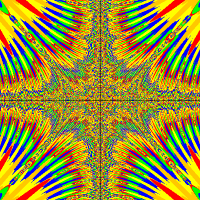We have to write a game for computer science lessons in school. It's a multiplayer game and our problem is the following:
the world moves depending on the position of the actor and because we have two independent actors, we want to have two independent "worlds", so that every actor has his own part of the world in which he acts and which moves depending on his position.
Can anyone help us? We are really desperate and we don't know whether it is possible or not.
If you have any idea, we would be grateful if you answer, as soon as possible.
thank you in anticipation





